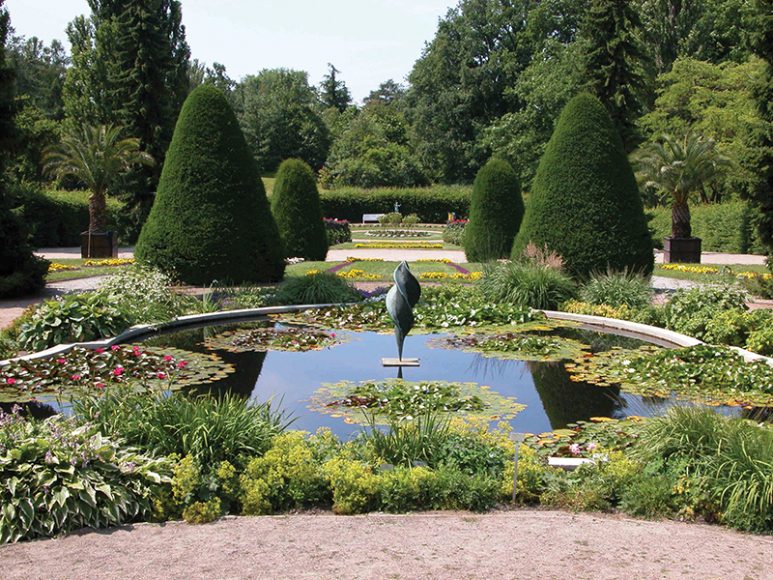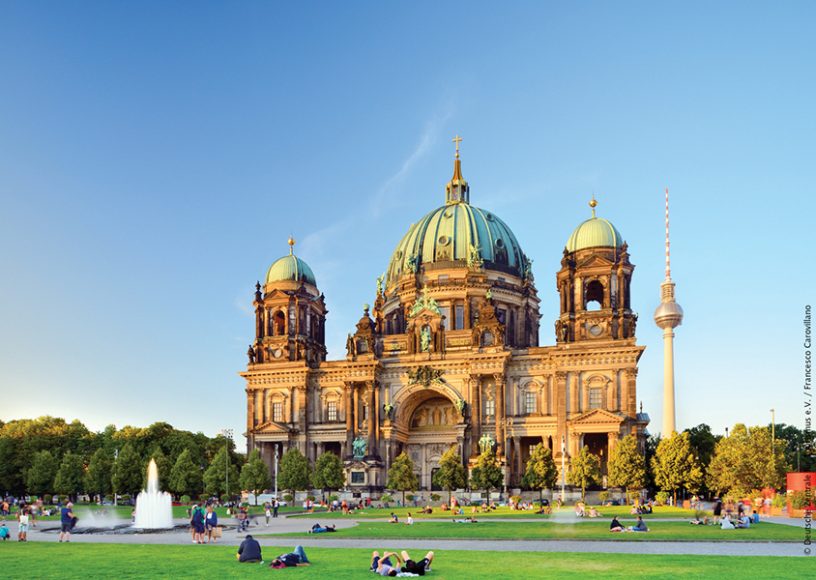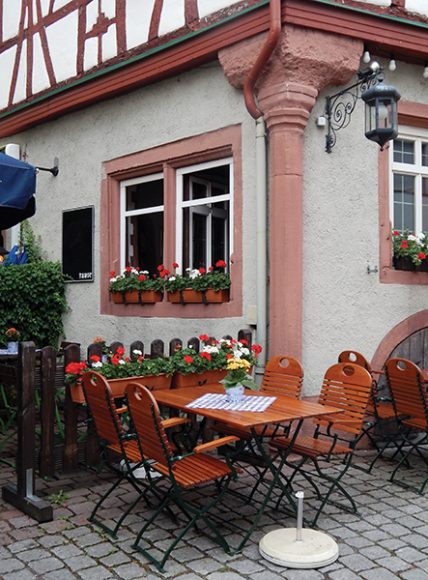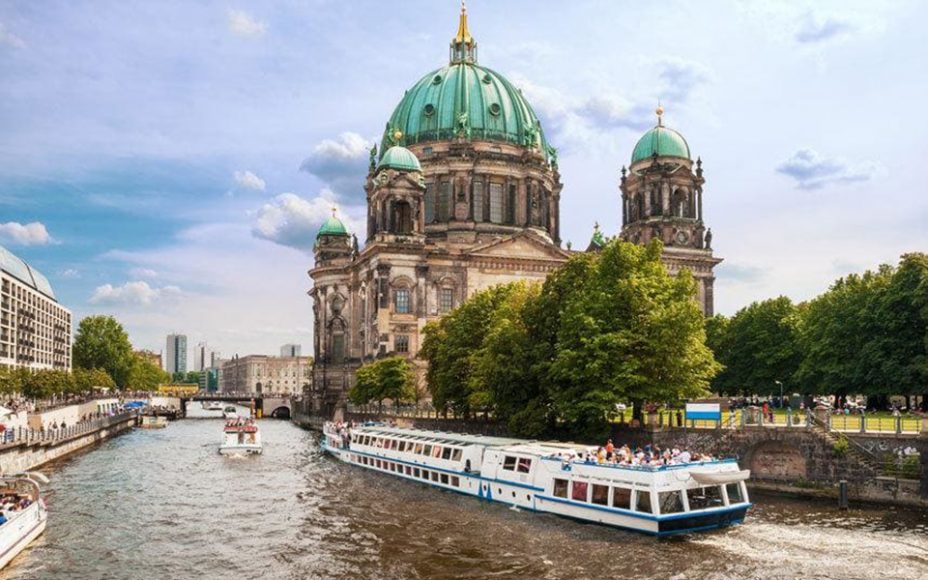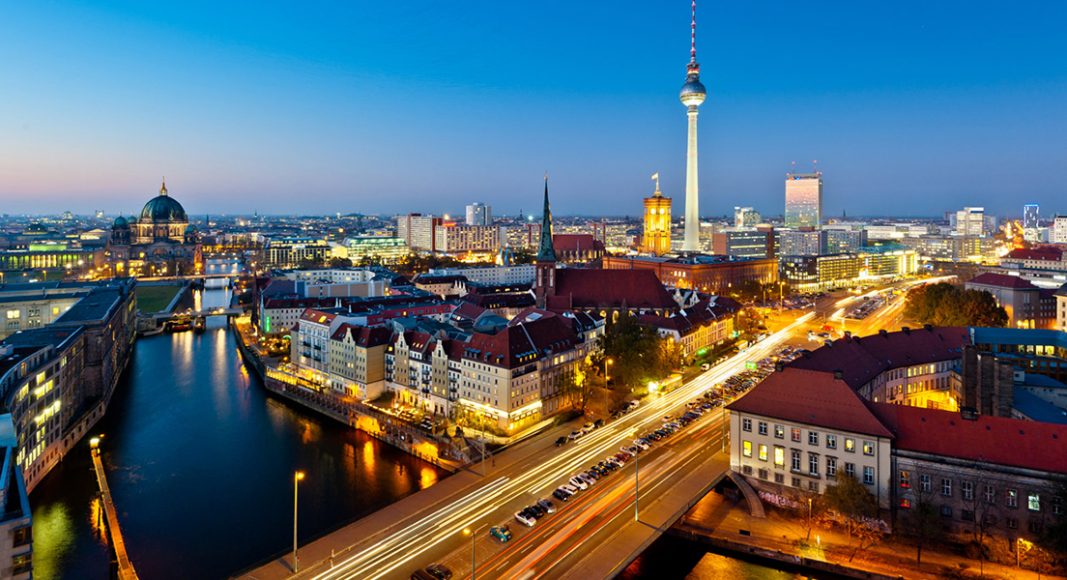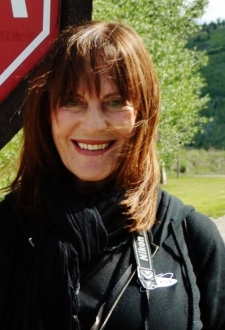Berlin — a city of culture and horticulture — has had a more wrenching history than most.
No European city in recent times has changed as much, in the process transforming itself from a divided geopolitical anomaly into a modern mainstream capital. Old landmarks have been renovated, new ones acquired and others wiped out altogether, including what was once the most famous landmark of them all, the Wall. Berlin was a divided city post-World War II when Soviet and American tanks faced off at Checkpoint Charlie until the Wall fell in 1989 in an historic moment. Out of such chaos has grown a city that’s adaptable in the extreme. Its waves of immigrants, expatriates and creative types ensure that tolerance is its greatest value — though that has not been without controversy in an increasingly nationalistic world.
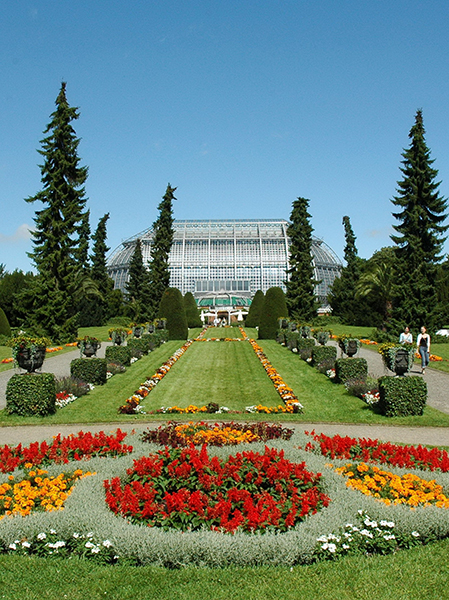
“Is there anything left of the Wall?” It’s the first question many visitors ask. The answer is not much. A short section has been preserved and is in pristine condition. However, there is a stretch of the Wall called the East Side Gallery, the longest surviving section and the world’s largest open-air gallery, showing the work of 118 artists from 21 countries. I stood gazing up at the artworks — some touching and evocative, some irreverent and some very much of the moment. No trip to Berlin would be complete without coming and paying homage to this most iconic site.
I checked into the A&O Berlin Mitte, now run as a combination budget-hotel and youth hostel with, nonetheless, all the amenities necessary for a comfortable stay. It even had a disco with karaoke. Livening up the place that evening, Robert, the handsome man in charge, showed patience and forbearance as I struggled (and embarrassed myself), belting out “Rocky Mountain High” (Note to self: Don’t try that again.) My breakfast the next morning included delectable rolls, a selection of cold cuts and cheese, juice and good, strong coffee. Oh, and Berliners, as in the German version of a jelly doughnut. Breakfast was also filled with Berliners of the human kind as well. Shall we now put to rest the urban legend that President John F. Kennedy made a gaffe in his famed “Ich bin ein Berliner” speech? The crowd understood he was not talking doughnuts but the solidarity of all people who yearn to be free. In his honor, the Germans have built the compelling Museum The Kennedys, containing an impressive mix of personal items, historical documents and private and political photographs that provide an insight into our continuing fascination with this family.
I had only three days in Berlin, but I tried to see as many of the not-to-be-missed sights as possible. The Brandenburg Gate is Berlin’s signature icon and once marked the turbulent division of East and West Berlin. This neoclassical structure stands at the head of a pedestrian plaza just blocks from the New German Parliament, or Reichstag. You can reach it via Unter den Linden, a grand boulevard lined with 18th-century buildings restored after World War II.
From here various new landmarks catch the eye — the postmodern towers of Potsdamer Platz and the Memorial to the Murdered Jews of Europe as well as the Reichstag, whose Norman Foster revamp includes a glass cupola. A trek to the top is a must. What makes a visit to these landmarks vastly important is that they all lie along a line that parallels the former Wall and, in one way or another, are intended to heal that wound of history and stitch the city back together. Other post-Wall additions to the landscape include the Jüdisches Museum Berlin in the hip Kreuzberg neighborhood — housed in a remarkable building by Daniel Libeskind — a whole slew of new embassies and the huge Berlin Haupbahnhof, Europe’s largest railway station, which was opened in 2006.
Berlin has more art galleries than any other city in Europe and is a hot spot for rising artists. Museum Island is a UNESCO World Heritage Site, Europe’s largest connected museum area. There are five museums in this complex — the Old National Gallery with ancient Greek and Roman artifacts; the Bode Museum, containing a vast collection of sculptures; the Neues Museum with Egyptian works of art, including the renowned sculpture of Nefertiti; the Altes Museum, built by this city’s greatest architect, Karl Friedrich Schinkel; and the Pergamon Museum replete with Babylonian and Hellenistic treasures. Adding to the delight of all of this culture is the horticulture — numerous pristine parks and gorgeous gardens.
I spent an idyllic afternoon at the Botanischer Garten und Botanisches Museum Berlin. In that brief time, I experienced exotic flora from the Far East, strange and scintillating blooms from a tropical rainforest and pretty wildflowers from the Alps. An awesome attraction and a lovely touch is an almost 2-mile garden created to promote the scenting and touching of various types of plants for the visually impaired and guests in wheelchairs.
If you have an entire day to devote (sadly, I did not), a visit to the Britzer Garten is in order. This garden is vast, covering countless acres and, lucky me, I caught an early flowering of some of the tulips and wandered a spring trail lined with freesia, daffodils and crocuses. June and September highlight the Rose Garden and, in late summer, I’ve been advised, a visit to the dahlia exhibit is mind-blowing with more than 10,000 plants in 200 varieties — surely a bloomin’ incentive for me to return.
For more, go to visitberlin.de/en.

